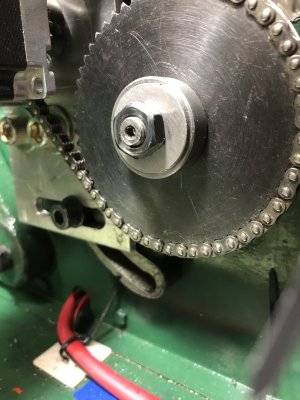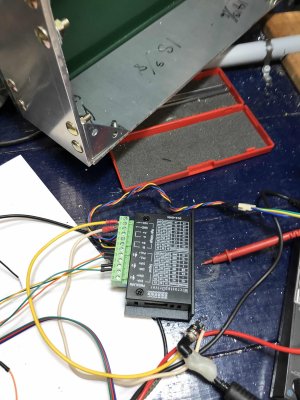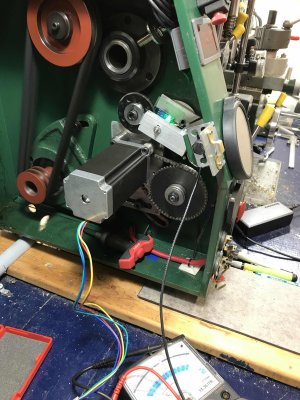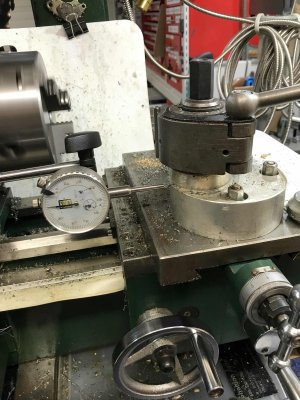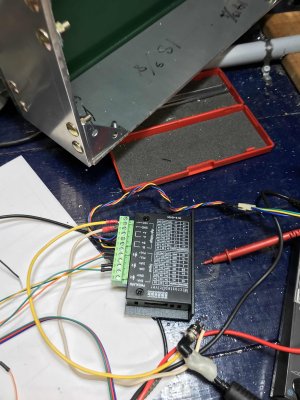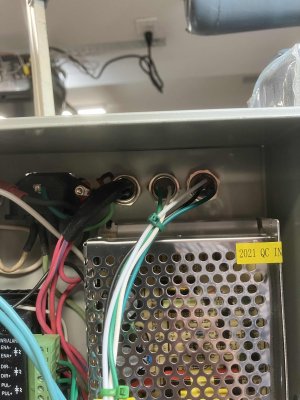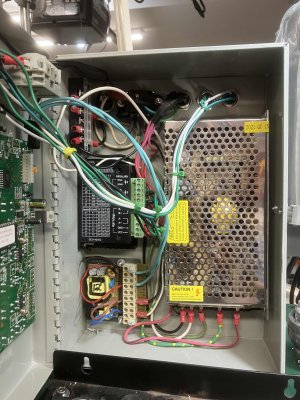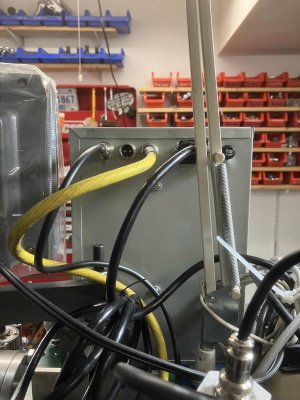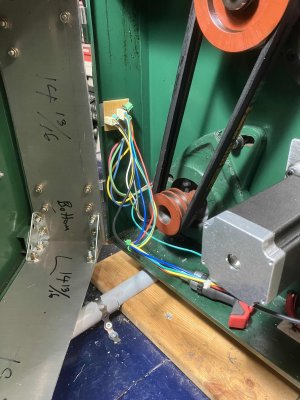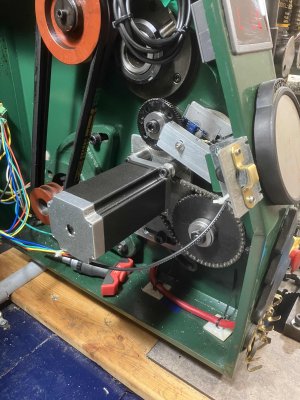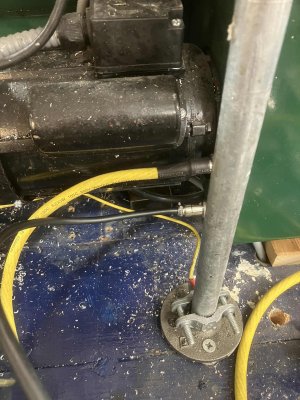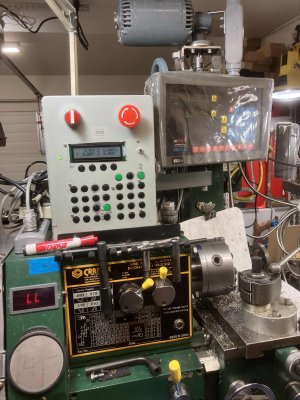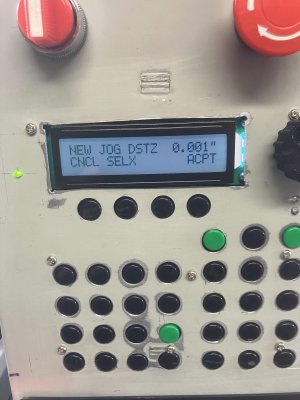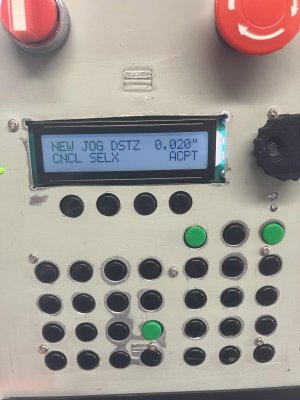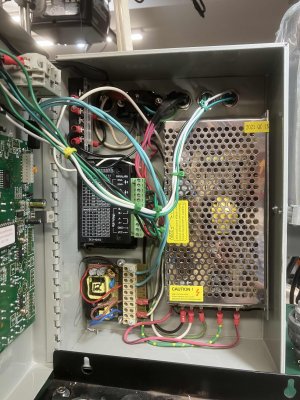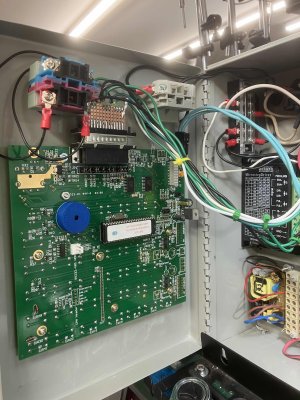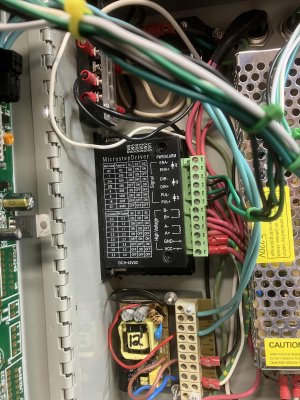Former Member
Guest
Here is the big difference between steppers and servo (depending on which you get). Steppers torque rating is holding force which is different for moving force, which is why you generally size up on steppers.
I'll direct you the Clearpath SDSK servo. Takes input like a steppers with all of the benefits of a servo. There torque rating is running torque with momentary peak being a lot higher. I have NEMA 34 with torque around 230in-oz full rpm 100% duty cycle, 10% at about 200rpm is in excess if 1000in-oz. They also have an internal count for positioning. BTW SDSK stands for Step Direction (input like a stepper) Stepper Killer . They are smooth and quiet compared to steppers.
. They are smooth and quiet compared to steppers.
Forgot to add they come in two flavours 800counts per rev or 6400 counts per rev.
I'll direct you the Clearpath SDSK servo. Takes input like a steppers with all of the benefits of a servo. There torque rating is running torque with momentary peak being a lot higher. I have NEMA 34 with torque around 230in-oz full rpm 100% duty cycle, 10% at about 200rpm is in excess if 1000in-oz. They also have an internal count for positioning. BTW SDSK stands for Step Direction (input like a stepper) Stepper Killer
Forgot to add they come in two flavours 800counts per rev or 6400 counts per rev.
Last edited:

